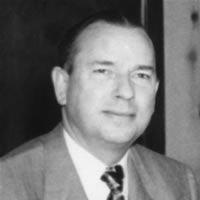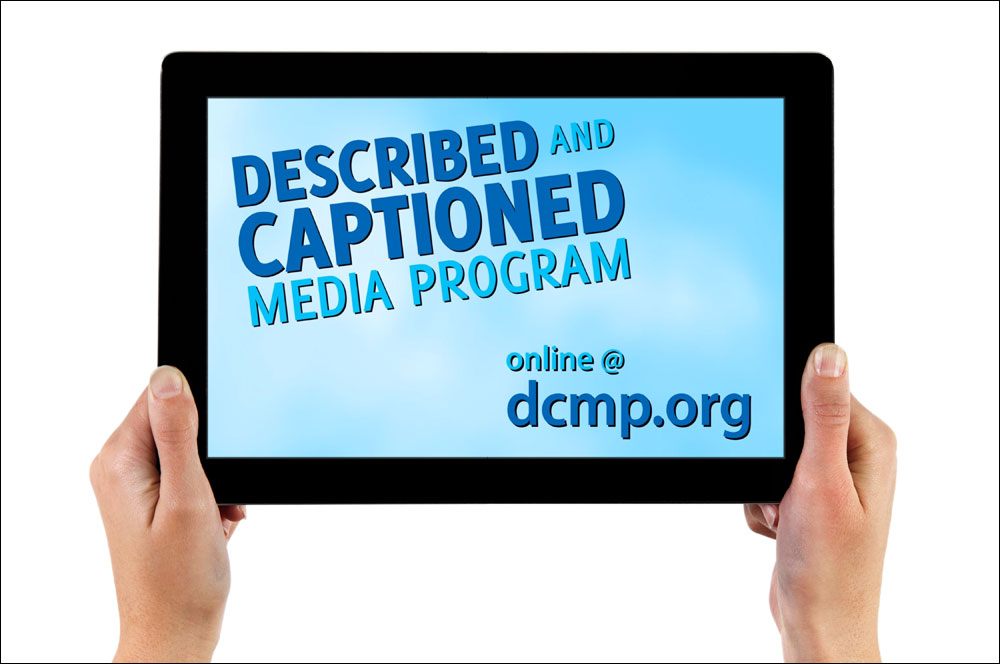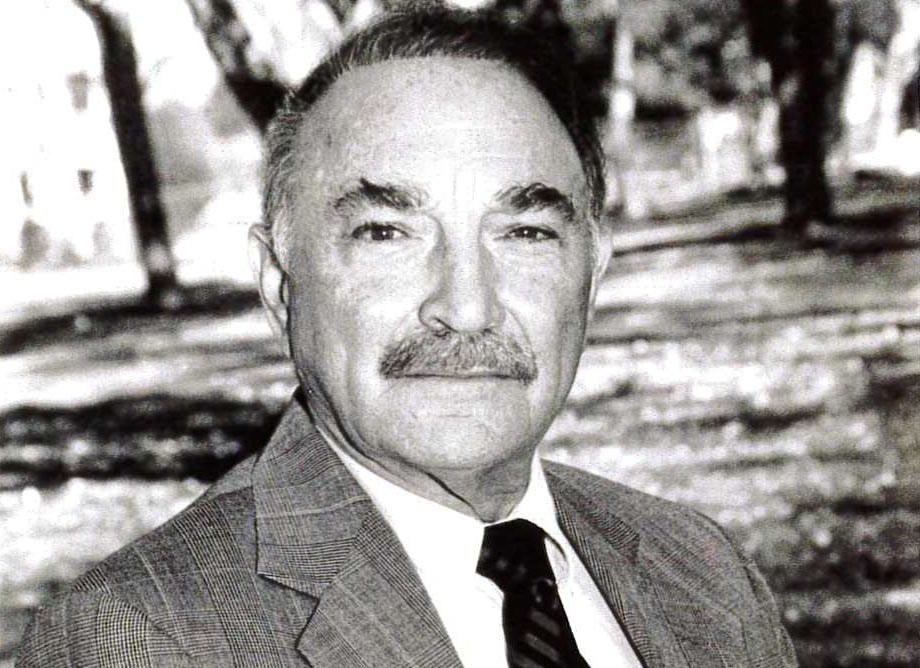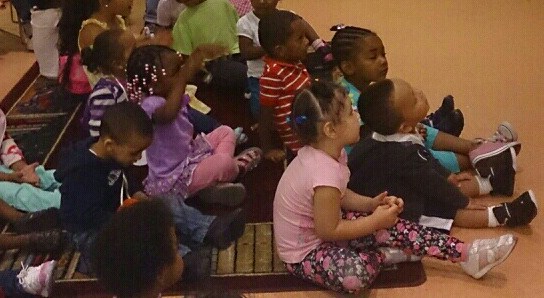11 Learning Center results found.

Barack Obama: The Power of Change
Archival footage from campaign speeches by Barack Obama is interspersed with interviews and reflections from famous cultural figures in this chronicle of the 2008 Presidental campaign. Examines the cultural significance of Obama’s rise to prominence set against a backdrop of “hope, change, inspiration, and equality—for all Americans.” Among those interviewed or featured in this production are Oprah Winfrey, Michelle Obama, Caroline Kennedy, Mitchell Schwartz, Stevie Wonder, Dr. Cornell West, Tavis Smiley, Hill Harper, and Tyson Beckford.
about educators


The Use of Television in the Development of Literacy
Considers the implications of the uses of film and television on the teaching of reading. The research, conducted by Bethan Marshall in 1997, looks at the practices of two primary schools in west London. Teachers used the television series "Rat a tat tat," designed to help children read, both by encouraging an enthusiasm for books and stories and by focusing on the mechanics of reading. Comments from teachers include: (1) "The use of television seemed to encourage children to use books. Children were interested in seeing books come to life, and this was motivating and confidence building," (2) ". . . I think that the television series has in some way made the books used even more attractive," and (3) "The series has made me change my expectations of some children because it allows you to watch them and see what they can do. They'll sometimes read things from the screen that you didn't know they could, or they'll come with a different attitude to the books they have seen on the screen."
From Bethan Marshall about research

The DCMP at Fifty
Thank you for visiting our special commemorative “Golden Anniversary” section. We hope that you will explore, along with us, the DCMP’s rich history in educational media accessibility. Here you will find a brief but informative article chronicling the program’s history up to 2008, a detailed timeline highlighting the first fifty years of captioning and description, and a list of some of our favorite DCMP history-related articles from our Clearinghouse section.
about description, captioning, dcmp, history

Captioned Films for the Deaf
Originally published in 1976 in “Exceptional Children,” Malcolm J. Norwood, Chief of Captioned Films and Telecommunications, writes of efforts to have FCC authorize use of a closed captioning device.
From Malcolm J. Norwood about captioning, dcmp, history

The Described and Captioned Media Program: A Classroom Staple in 21st Century Education
In the last two decades, technology has advanced exponentially. As a result, the Described and Captioned Media Program (DCMP) has adapted to provide needed resources to Deaf and Hard of Hearing individuals. As I look back over my career as a teacher of the deaf, I realize that DCMP has always been a critical resource in my classroom, and I am grateful that DCMP has kept up with the winds of change. Whether media arrived in the form of reel-to-reel films, VHS, DVD, or streamed through the
internet, DCMP has always been my rock. Today as I work hard to prepare my students for successful 21st -century careers, I find that DCMP is more important than it has ever been.
From Susan Elliott about educators

Un padrino to Captioned Films for the Deaf: A Tribute to Gilbert L. Delgado
The first Hispanic superintendent of a state school for the deaf, Gil Delgado has been called un padrino—a godfather—to children and adults who are Hispanic or deaf or both. Spending all his work life in education of deaf children and adults, he was a mentor to many, and a national leader not only in education, but also in captioning and telecommunications.
From Bill Stark about dcmp, history

Read + Listen + Respond = New Adventures
Storytelling provides a language of learning that
delights the imagination. Throughout the ages, people
have conveyed truth, beauty, courage, and
imagination through a story. Fiction, non-fiction, and
narrative stories are all exciting genres that help us
enter "the world of the story."
From Mary Ann Siller about educators